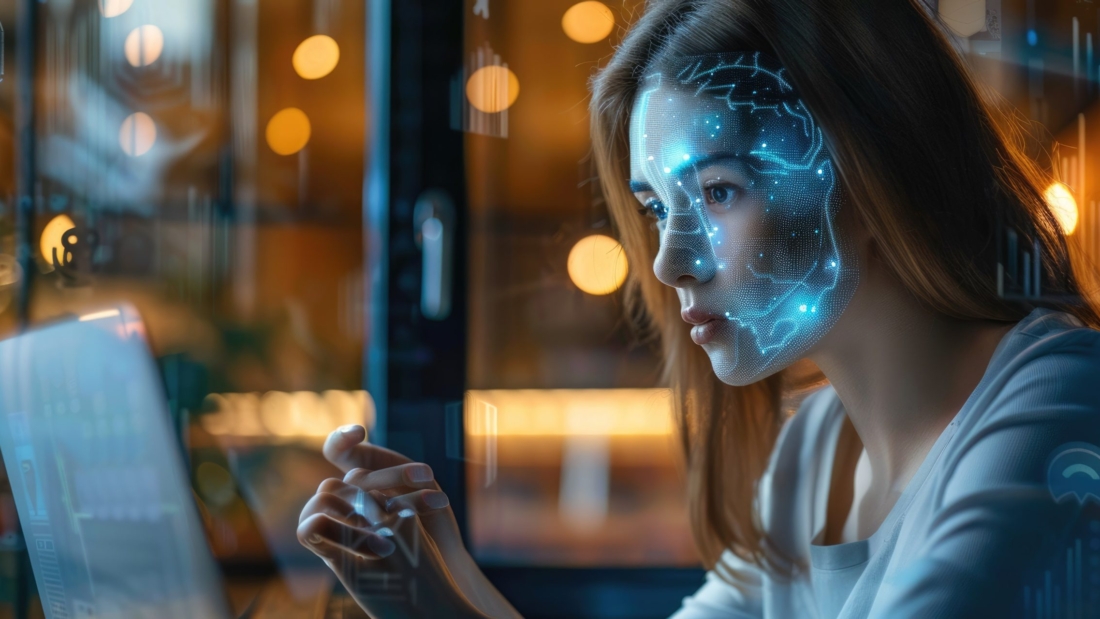If you’ve been on social media late March this year, you’ve probably seen a rather interesting trend. Everywhere you’d look, you’d find photos and memes drawn in the very famous art style
If you’ve been on social media late March this year, you’ve probably seen a rather interesting trend. Everywhere you’d look, you’d find photos and memes drawn in the very famous art style of Japan’s Studio Ghibli. And want to know the exciting (and somewhat scary) part of this trend? It was fully driven by ChatGPT and generative AI.
The Ghibli image trend gained so much popularity in such a short time that it was ‘melting’ OpenAI’s GPUs. In fact, ChatGPT usage hit a record one million new users in just one hour after the rollout of this viral feature.
However, we’re not really interested in the Ghibli images, at least not in particular. What we are interested in is the debate that followed – was any of this ethical and right?
AI usage in creative arenas, like art, writing, etc., is a debate that’s been going on for quite some time now. After all this time, one thing is for certain – we can’t really get rid of it. However, what we can do is learn to use AI ethically in our creative endeavors. Here’s how.
Whether you’re a designer, writer, or musician, AI can provide suggestions, draft ideas, or help with execution. However, relying entirely on AI-generated content without adding your own touch can lead to ethical gray areas. After all, creativity thrives on human experiences, emotions, and interpretations, something AI simply doesn’t have.
Using AI responsibly means understanding that it’s a collaborator, not a creator. You bring the vision, the storytelling, and the final touches that make the work unique.
AI helps you get there faster, but it shouldn’t dictate the final product.
Editor’s Note: If you’re interested in learning more about how AI can help you be sure to check out HomeTechHacker Academy’s free AI Simplified: Essential Tools You Can Use Today course.
AI is a game-changer when it comes to brainstorming UI ideas. Instead of struggling to come up with a fresh layout, you can use AI-powered design tools to generate multiple options within seconds. This means less time spent on tedious trial and error and more time refining and improving designs.
The trick to using AI ethically here is to avoid just picking a design and running with it. Instead, treat these AI-generated ideas as rough drafts and tweak them to fit your style, brand, and user experience goals.
AI also simplifies the web development process by helping you build website layouts quickly. With an AI website builder, you can input your design preferences, and AI will generate various website structures tailored to your needs.
In fact, according to Hocoos, all this happens in just a few minutes after which you’ll have a fully functional website. Once the primary designs are ready, you can just make your edits and give the site a personal touch.
AI-generated art has sparked a huge debate over ownership and originality. Who owns an AI-created piece – the person who prompted the AI, the developers who trained it, or no one at all?
The laws are still catching up. But from an ethical standpoint, it’s best to use AI-generated art as inspiration rather than as a finished product.
Artists can ethically use AI by incorporating it into their creative process instead of depending on it entirely. For example, AI can generate mood boards, color schemes, or initial sketches, but the final execution should have a human touch.
Editor’s Note: Learn more about AI in general and its intersection and usability with smart homes in our AI and Smart Homes course.
ChatGPT currently has over 500 million weekly active users and most of them use it for writing content. Now, if you too are using AI for writing, whether it’s blog posts, ad copy, or social media content, you have to be careful. AI-generated text can be helpful for overcoming writer’s block or drafting ideas, but it’s not a substitute for human storytelling.
One of the biggest ethical concerns is passing off AI-generated content as purely human-created. That’s why it’s important to edit, revise, and inject your own personality into anything AI helps you write.
Transparency also plays a key role. If AI heavily contributes to a piece, it’s ethical to acknowledge its role. This doesn’t mean you need to add a disclaimer to everything you write. However, if a client or employer asks how content was created, honesty is the best policy.
AI is a powerful tool that can take creative work to the next level, but ethical use is all about balance. Instead of letting AI dictate the process, use it as a stepping stone to develop your own ideas.
As AI continues to evolve, the real challenge will be not just using it effectively. The challenge will be to do so in a way that keeps human creativity at the heart of the process.
Related Articles

